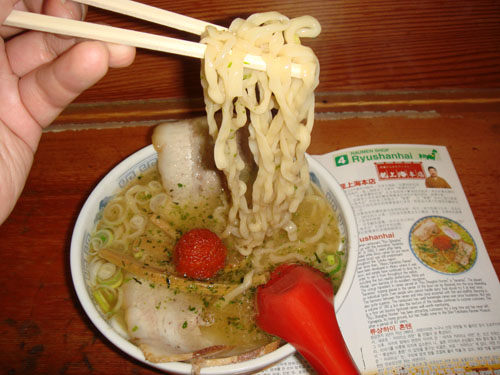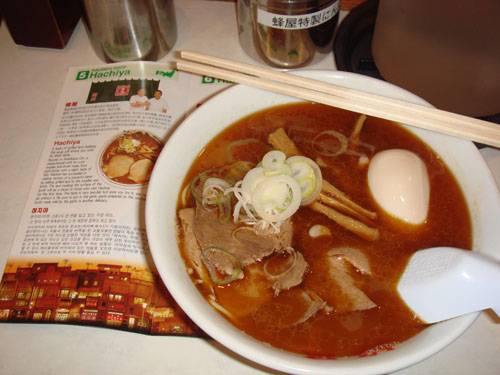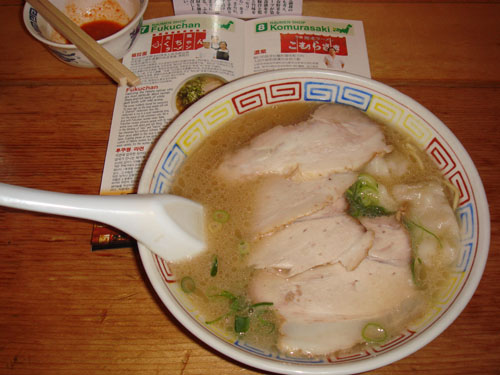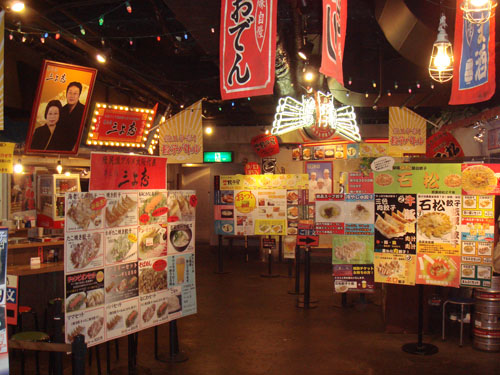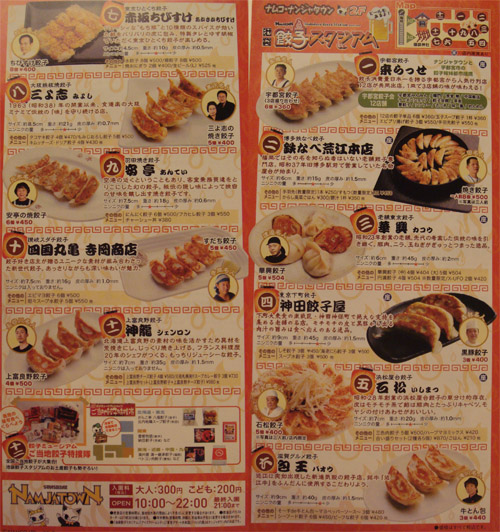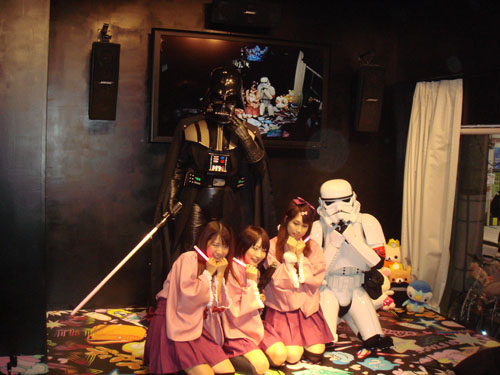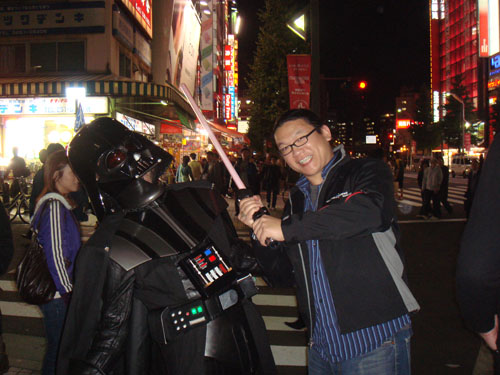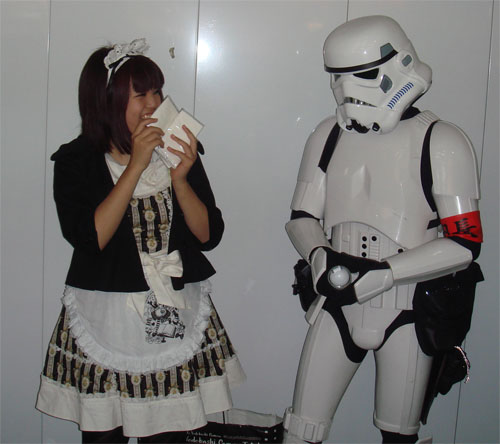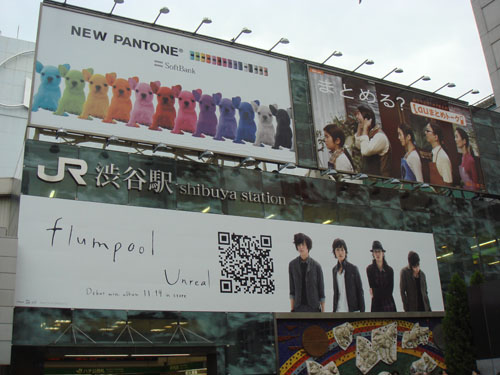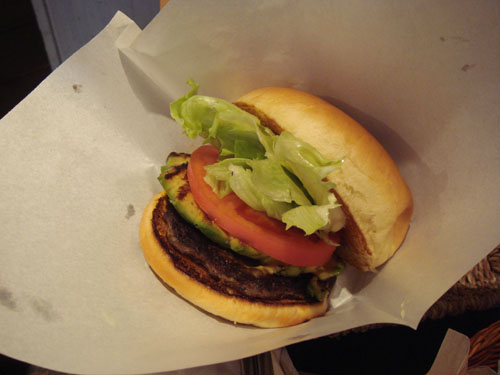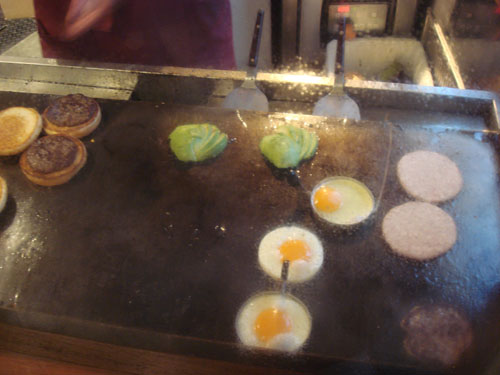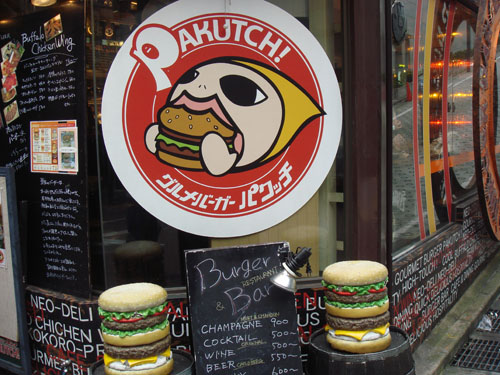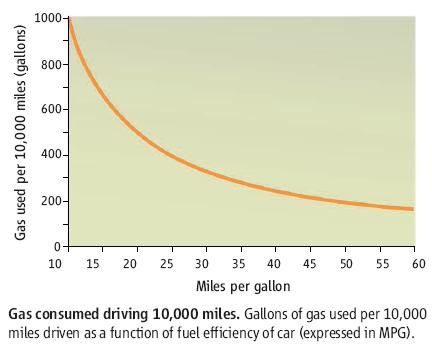One of the most fun discoveries I’ve made in Japan are the food theme parks. The culture that brought you Iron Chef doesn’t restrict its gustatory obsessions to a made-for-TV “Kitchen Stadium”; they bring it to you in real life as well. So far, I’ve discovered two food theme parks worthy of mention: The Shin Yokohama Ramen Museum, and the Namjatown food theme parks. Namjatown has not one, but three food theme parks: The Ikebukero Gyoza Stadium, Ice Cream City, and the Tokyo Dessert Republic. Worthy of note, Namjatown also has a massage / relaxation theme park, “Healing Town”, where you can sample various massage techniques from around the world 20 minutes at a time (or longer).
The Shin Yokohama Ramen museum is particularly close to my heart, as I am myself a noodle fanatic (if ever my career in electronics fails, I will open a hand-made noodle joint). The museum features an exhibit about ramen, a gift shop, and most importantly, a theme park area modeled after Old Tokyo where premium ramen restaurants from around Japan can be sampled in one area. Their exhibit currently features eight different restaraunts, and you can stop by each one and order a “mini Ramen” bowl to save room for sampling multiple shops, or you can order a full meal and indulge in your favorite shop. They have a multi-lingual brochure that you can read on-line, with descriptions of each shop.
My favorite ramen shop is Ryushanhai. The homemade noodles are thick, al dente, and slightly rippled, and their broth is delicious. Their signature ingredient, “karamiso”, is a served as a single mound of red in the middle of your soup. This firey miso paste can be mixed into the soup to adjust the spiceness to your liking. However, my favorite aspect about Ryushanhai is its char shiu pork. Instead of giving you small circles of tough pork, you are served veritable slabs of juicy char shiu, laid across the bottom of the bowl, so that the same strip of char shiu pokes out of each side of the bowl. As you can see from the photo below, the char shiu is beautifully marbled and it has a wonderful texture.
My second favorite shop is Shinasobaya. The chef is knicknamed the “demon of ingredients”. The dish itself is very simple, so that you can focus on the refinement of each ingredient. The noodles are sublime, and of particular note are their soft-boiled eggs. The centers are just barely runny, and they also had this specially flavored egg whose name I couldn’t translate, but it was particularly tasty.
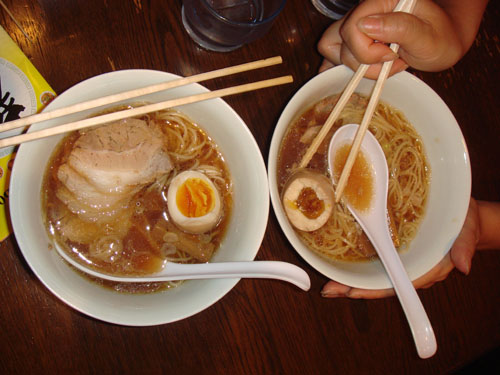
To give you a flavor for the other restaraunts, photos of the noodles plus a corner of the pamphlet that describes them is shown below.
The shop above has a peculiar order as you enter, and it’s the smell of the lard used in the cooking of the dish. The broth is very rich, and as the pamphlet recommends, is very good with the garlic sauce.
The shop above serves their ramen with a tonkotsu broth that is quite delicious. They also served a kimchi soft boiled egg which I quite enjoyed.
While I like ramen, one cannot live on ramen alone. On my recent trip to Tokyo, my girlfriend developed a hankering for gyoza. I had never visited Ikebukoro before, so I thought maybe we’d kill two birds with one stone and check out this funky suburb of Tokyo while gyoza hunting in back-alley ramen shops. Serendipity struck, and we stumbled upon the Gyoza Stadium at Namjatown thanks to her persistence in trying to figure out these gyoza ads posted in the passage from the subway. Namjatown is a relatively unknown tourist attraction; I had never read about it in any of the tourist guides, but it’s part of the “Sunshine City” mega-complex about a 10 minute walk away from the JR Ikebukuro station.
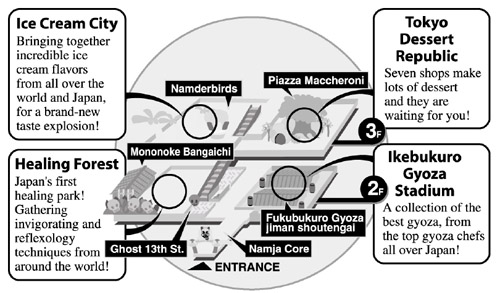
Namjatown is actually an indoor theme park made by Namco (yes, that Namco which brought you Pacman and Soul Caliber — woot!). The staff wears these costumes that would be appropriate on the set of Willy Wonka’s Chocolate Factory and they all seem to carry around a stuffed doll version of Namja.
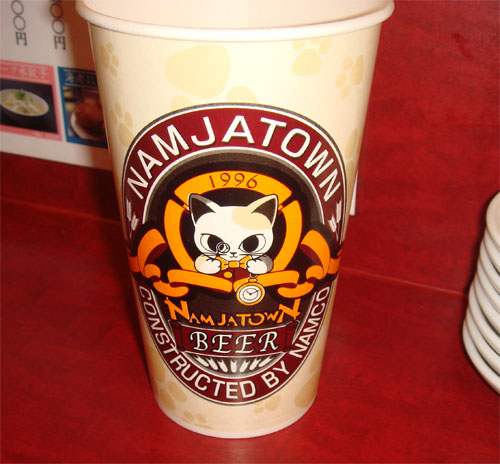
“Namja wants you to drink this beer!”
Beer is available in the Gyoza Stadium for about 510 yen per cup, and you are allowed to carry the beer around the premises. The Gyoza Stadium is actually more like a small, densely packed set of alleyways crammed with restaraunts that serve, of course, gyoza.
They have a dozen total gyoza restaraunts, and their characteristics are documented, unfortunately in Japanese only, below.
From what I can read out of the pamphlets, each restaraunt is listed with a brief bio, and stats on the gyoza it serves: length, weight, wrapping thickness and how garlicky the filling is.
The restaraunts use a special stove for cooking the gyoza: it’s sort of a combination between a steamer and griddle. The griddle in recessed and has a dedicated faucet above it. First, the griddle is filled with water; then, the gyoza are laid in and a hinged lid is dropped down. The gyoza steams in boiling water for about five minutes, and then the whole griddle is lifted up, dumping the water out, and the gyoza are cooked with oil only for about another minute or two to make the skin crispy.
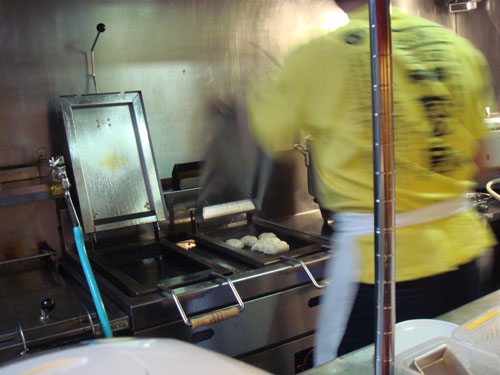
I got to try about five different types of gyoza when I visited. My two favorites are shown below.
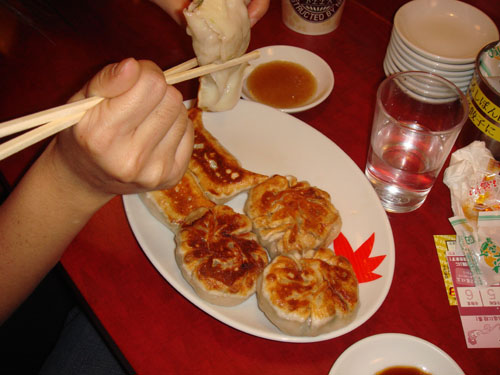
The restaraunt above features a hearty gyoza, with thick skin and a crispy browned finish. The round gyoza actually each contain a shrimp inside the filling, which adds a nice touch of juiciness to the flavor of the dumpling.
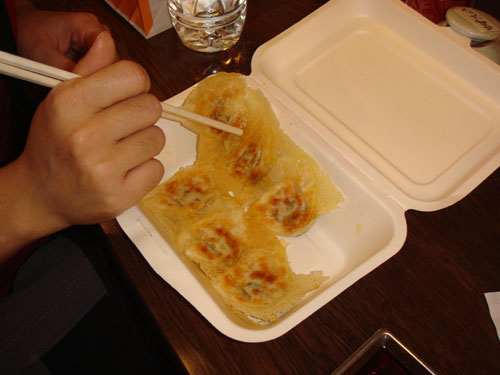
The restaraunt above features a delicate, lacy crisp across the entire serving of gyoza. From the photo it almost looks like a single solid sheet, but actually the gyoza themselves are just the dark circles in the sheet. Somehow they get the juices inside the gyoza to come out while cooking to form the crispy sheet as it reduces. I like the crunch of the gyoza…it’s sort of like, well, eating a bacony potato chip with a meatball attached to it.
I didn’t get a chance to explore the other offerings of Namjatown, since the place was closing right around the time I finished my last order of gyoza. The massage village alone seems like a place where I could spend a couple of hours exploring; I’ll have to make it back there again someday to check it out!
While on the subject of food, I would also note that the Japanese-style Italian food is actually really good. I’m not quite sure what the Japanese do to the Italian food out there, but it’s not quite Italian, but still very good. One of my favorite aspects about eating Italian in Japan is that they have no problem with serving raw eggs, due in part to the traditional “Tsukimi” (“moon viewing”) style recipes. So, when you order a pasta Carbonara, it’s served with a crown of an uncooked egg, the yellow yolk glistening on top like a luxurious gem (or a full moon, perhaps!). The taste of a raw egg just mixed into the sauce is unparalleled; uncooked egg yolk has a certain delicious richness to it that’s hard to describe to someone who hasn’t tried it. I know it sounds strange to western ears to eat uncooked eggs, but really, give it a try in Japan if you ever get the chance!
